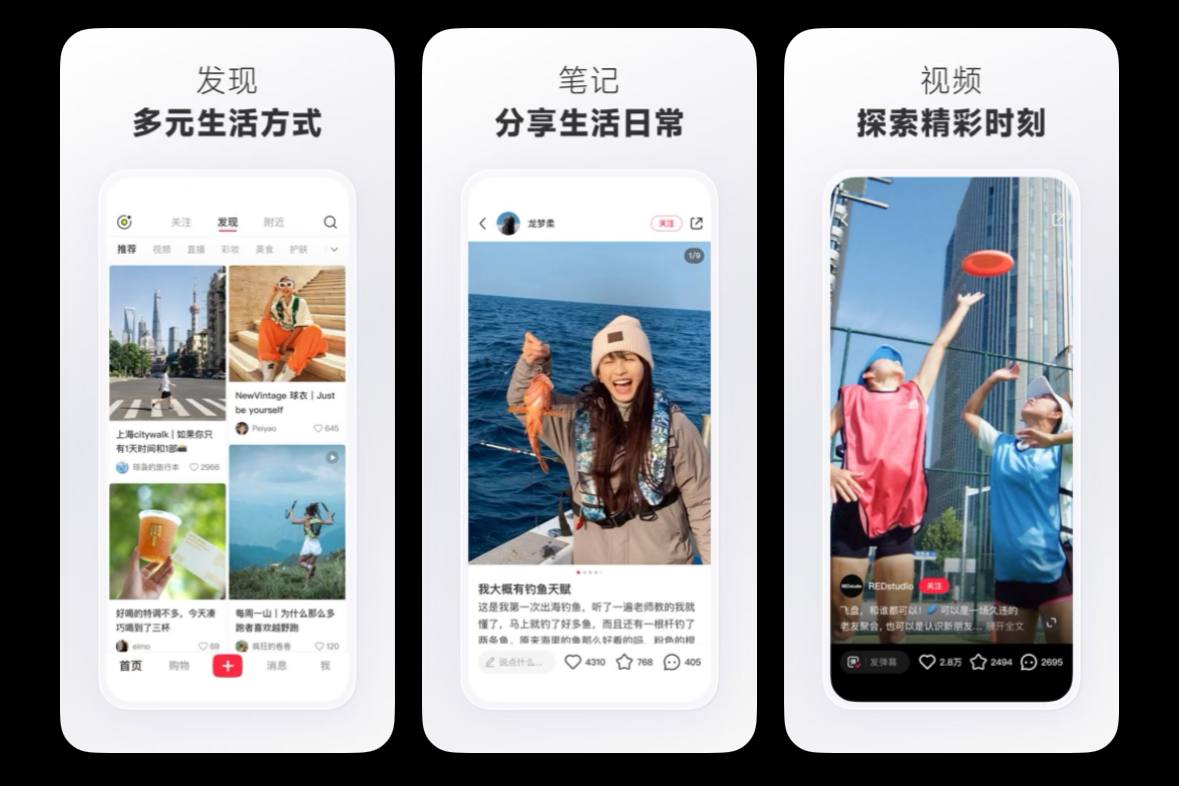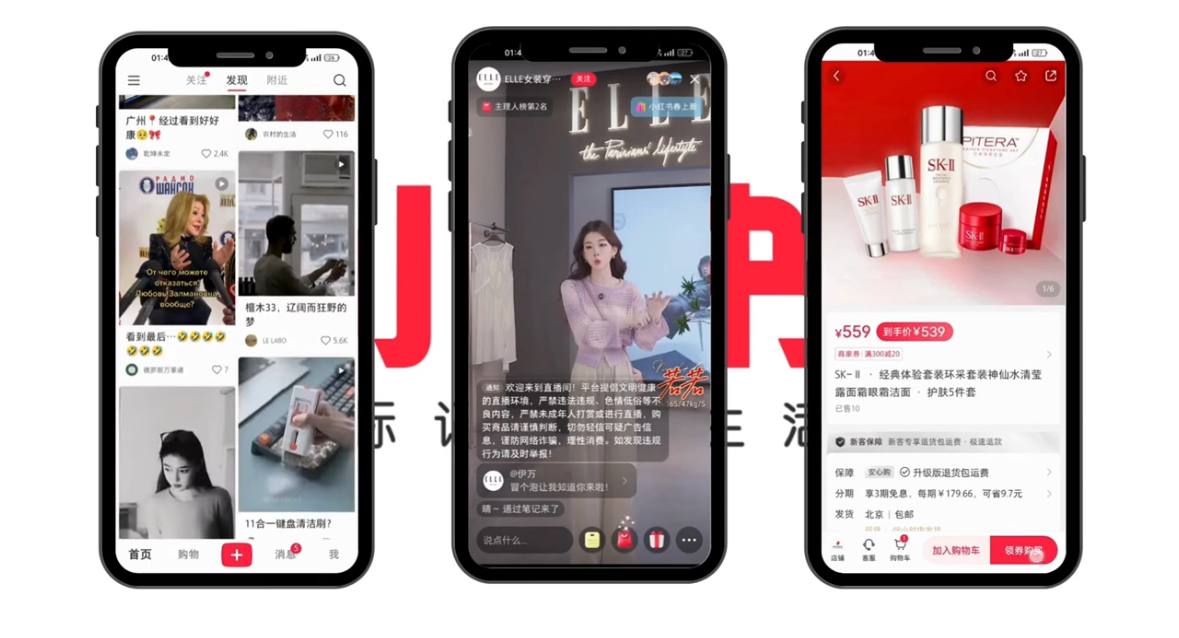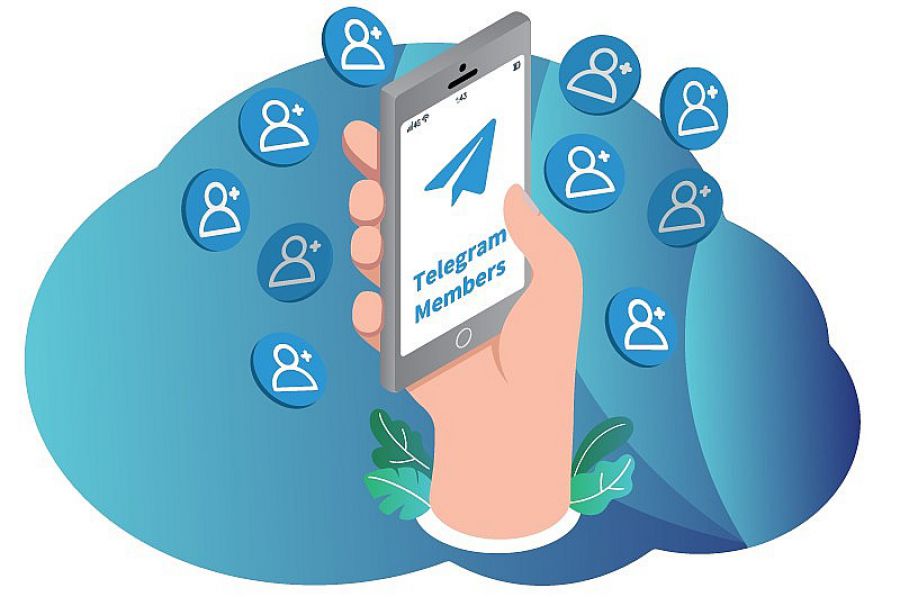Marketing in the Middle Kingdom: Features of Promotion in the Chinese Market

It is not a secret that the Chinese Internet segment is characterized by its closed nature, constant development of its own platforms, and unconventional promotion methods. The advertising market and presence on services in this country can become an excellent growth point not only for small businesses but also for large international companies.
How can you reach Chinese consumers, scale in completely new realities, consider traditions along with trends, and run successful marketing campaigns?
Business Culture in China: The Concept of "Guanxi"
"Guanxi, guanxi, and more guanxi!" Any business conducted in China is deeply rooted in the tradition of building relationships and connections, and promotion strategies are no exception. Figuratively speaking, when you provide a service, you invest in your guanxi, and when you ask for something, you either reap the dividends of the services you have previously provided or you take on a debt.
Guanxi is a credit of trust and an art where success is determined by the skill of its management. The ability to discern the boundaries that should not be crossed, to offer advice and assistance, to provide support when necessary, while still defending your position and cultural identity—these qualities earn respect from Chinese partners. Guanxi is indeed a vital part of business culture and can be used as an effective marketing tool alongside an understanding of local nuances.
Success in the Chinese market depends not only on the quality of the product offered but also on its adaptation to local traditions, customs, and the needs of Chinese consumers. Numerous large companies have faced failures by ignoring these important aspects.
For instance, in 2019, the Spanish retailer ZARA encountered a boycott due to their choice of model for advertising banners, which sparked outrage among Chinese users for not meeting local beauty standards. This could have been avoided if the company had paid attention to the preferences of its target audience. By then, apps that artificially lightened the complexion and smoothed out imperfections had already gained popularity. The trend towards natural beauty, which had spread among European youth, was not observed among Chinese consumers.
Censorship and Advertising Control
China is known for its strict regulations regarding advertising and published online content. For a long time, popular platforms such as Facebook, Instagram, Х, and YouTube have been blocked in the country, with the list of global internet application giants only growing. This is due to the complex licensing procedures, constant moderation, and checks for major violations.
Overall, the government's motives are clear: primarily, it is about protecting its citizens from low-quality content, products, or services, as well as safeguarding its own reputation.
To minimize the risks of failure and successfully promote in the Chinese market, it is best to use recognized domestic communication channels. The most popular platform today is WeChat. This messenger is incredibly important for the Chinese—if potential customers cannot find information about a company on WeChat, their trust in it will be minimal. You can promote your brand on this platform in several ways: content marketing, purchasing advertising traffic, influencer marketing, or using all these tools simultaneously.
In addition to WeChat, there are other popular promotion channels:
- Douyin: The Chinese version of TikTok, popular among young people.
- Sina Weibo: The Chinese equivalent of the X (formerly Twitter) app.
- Toutiao: A news application with personalized content.
- Red (Xiaohongshu): A combination of Instagram and YouTube.
- Kuaishou: A convenient platform for publishing video content and live streaming.
Trends in Advertising Campaigns Today
For successful promotion in China, understanding local conditions and partnering with influencers is essential. Key tools include native advertising, contextual advertising, KOL (Key Opinion Leader) marketing, and working with "wanghongs"—content creators with large audiences.
Given the vast array of products on the market, Chinese consumers often turn to external recommendations when making purchasing decisions. Key Opinion Leaders are the primary source of such recommendations.
According to Statista, based on a Rakuten Insight survey, in May 2023, 86% of Chinese respondents who follow at least one influencer on social media stated that they purchased recommended products thanks to persuasive promotion by the influencer. The largest platforms by the number of users attracted by KOL activities are WeChat, Douyin, Weibo, Kuaishou, Bilibili, and Xiaohongshu. The main goal for brands working with KOLs is effective product recommendation, making this task the most popular in influencer campaigns.
Marketing in China is 100% focused on a young audience, active users of smartphones and social networks. These consumers prefer to always stay on trend, keep up with new products, and seek opinions before spending money. Chinese consumers are keen to explore advertising banners and information that pops up in apps or celebrity profiles.
Why Marketing in China Requires a Partner
Breaking into the Chinese market is challenging for companies on their own. Beyond the previously mentioned importance of guanxi, foreign companies lack an understanding of three crucial aspects at the initial stages:
- How to place advertisements on online platforms and work with social media.
- How to navigate the specifics of Chinese legislation, bureaucratic procedures, and manage through the managers of popular marketplaces.
- Where to invest in online advertising, how to do it, and which audience to target.
In addition to the lack of experience in a new market, there are difficulties in understanding local culture and lifestyles. It is hard to quickly shift from a working promotion model in the West to a completely new market in the East.
Here are several agencies with which you can establish cooperation for promoting goods and services in the Chinese market:
Dragon Social: To increase brand awareness and user engagement, Dragon Social utilizes proven marketing tools and actively collaborates with influencers and wanghongs.
WPP China: WPP China is a marketing giant that develops large-scale marketing campaigns and provides services in advertising, promotion, investment management, public relations, and mass media.
Dentsu Aegis Network China: Dentsu Aegis Network China is known for its innovative approaches to media planning, content creation, and implementing successful strategies using the full potential of digitalization.
Jing Digital: Jing Digital specializes in CRM (Customer Relationship Management), marketing, and attracting subscribers on WeChat.
China is a vast, influential, and highly desirable market for international companies. However, it has a number of specific characteristics and peculiarities for which the usual "Western" model of promotion and business operations does not work.
Marketing in China requires optimizing advertising campaigns, focusing on popular formats, and, to a large extent, the ability to understand the cultural code and nuances of this Eastern country. Digital marketing and popular platforms become critically important for creating a digital footprint and a favorable brand image.
Try Popsters Trial plan to get content activity statistics of any pages for a next 7 days for free
Try for free














